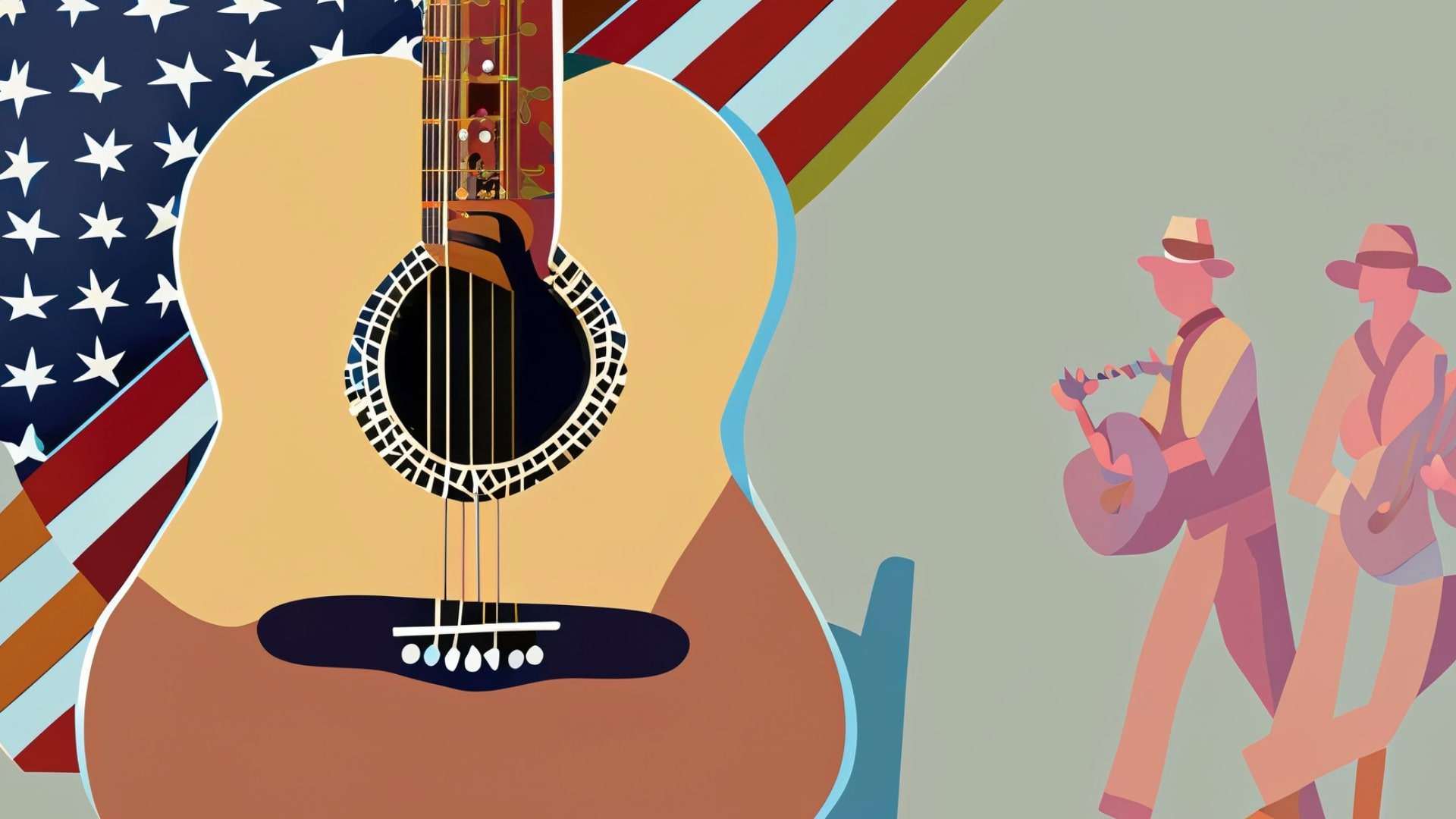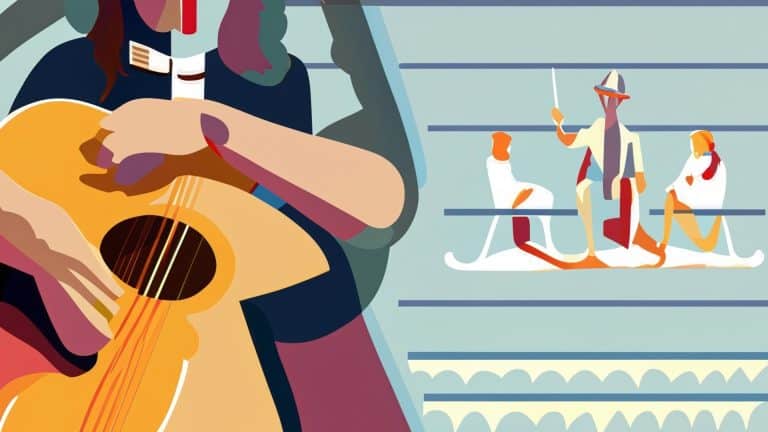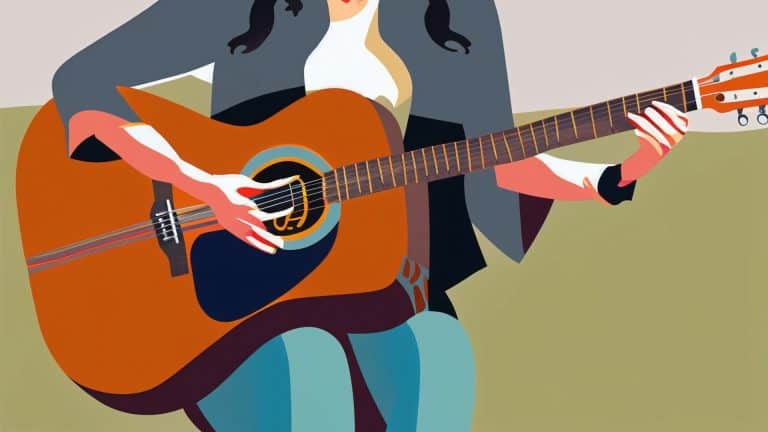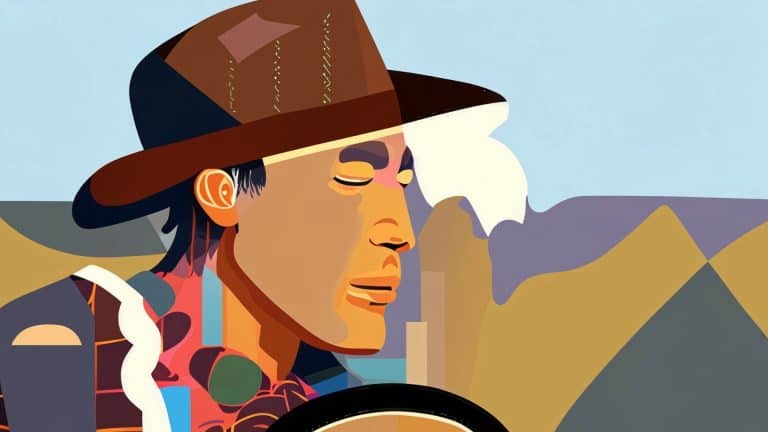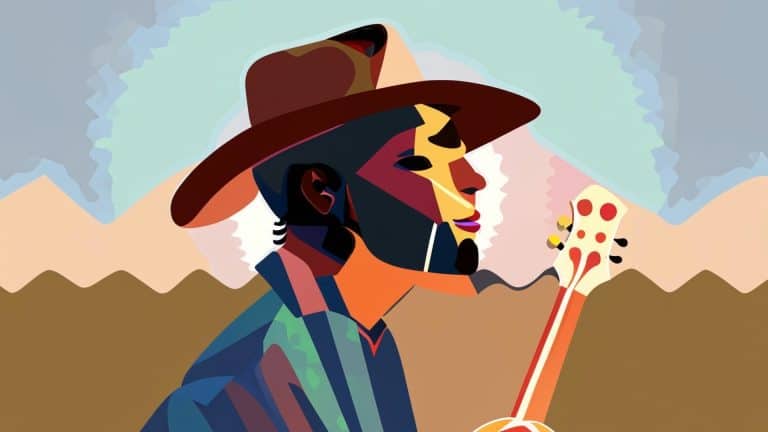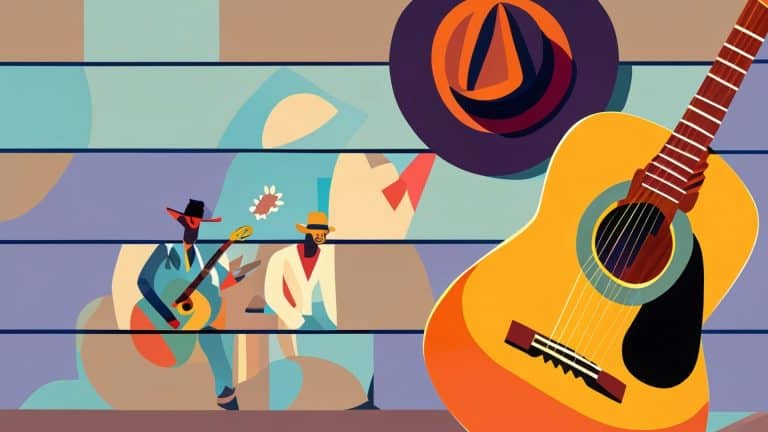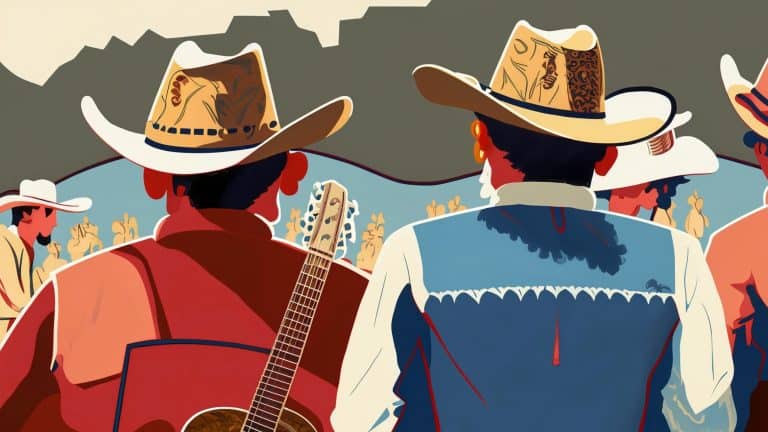Whistle While You Twang: The Art of Whistling in Country Songs
Howdy folks! There’s nothing quite like the charming sound of a tune being whistled throughout a good country song. It adds a unique charm and personality that helps make country music so distinctive. In this article, we’re gonna explore the history of whistling in country, look at some famous whistled tunes, and even give y’all some tips on how to master the whistle yourself! So pucker up and get ready to whistle while you twang!
Introduction
Whistling may seem like a simple thing – just blowing air through your pursed lips to make a melodic sound. But in the world of country music, the humble whistle has become an iconic piece of the genre’s heritage and character. From legends like Roy Rogers to modern stars like Luke Bryan, whistling has been used by artists to inject a dose of down-home folksiness into their songs. The friendly trill of a whistle just feels right at home in a country tune, helping to spin tales of life’s small joys and heartaches. So let’s celebrate the charm and craft behind one of country’s unsung signatures – the whistle!
Whistling in Country Music: A Hidden Gem
Whistling has likely been around since the earliest days of country music when tunes were passed down informally and singers would whistle along to their acoustic guitars. But it wasn’t until the rise of Western and cowboy culture in the 1930s and 40s that whistling really became popularized in country songs. Singing cowboys like Gene Autry and Roy Rogers often featured prominent whistling parts in their music, evoking life on the open range. It lent their music a pastoral, carefree vibe. Folks ate it up!
As country evolved into the 40s and 50s, whistling continued to feature in the music of stars like Hank Williams and Patsy Cline as a nostalgic reminder of old Western motifs. Yet it was often subtle, buried in the mix. Only a few hardcore honky tonkers kept the whistling spirit alive, including Lefty Frizzell who whistled on classics like “I Love You a Thousand Ways.” By the 1960s, pure country started to fade and slick Nashville sounds became popular. But some outlaw rebels like Waylon Jennings continued to whistle, harkening back to country’s rough-and-rowdy roots. Whistling served as an audible wink to tradition.
Today, whistling is still going strong in country music. Contemporary stars like Luke Bryan, Carrie Underwood, and Blake Shelton have songs that showcase whistling, proving it still has a place, even in modern country productions. The whistle may be a simple element, but it packs a lot of down-home charm!
Famous Whistling Tunes
Let’s explore some of the most memorable country songs over the years that have featured prominent whistling:
- “(Ghost) Riders in the Sky” – This Western classic from 1948 by Vaughn Monroe features an iconic whistled refrain throughout. Its haunting melody evokes the lonesome sound of cowboys riding the range.
- “The Andy Griffith Show Theme” – The theme song from the beloved 1960s sitcom, whistled by Earle Hagen, has become a country standard covered by artists like Brad Paisley. Its friendly whistle captures the charm of small town life.
- “Dixieland Delight” – Alabama’s rollicking 1983 hit features a rousing whistle solo during the guitar break. It injects a dose of carefree, down south spirit into the track.
- “Something in the Water” – Carrie Underwood’s 2014 smash single opens with her whistling the chorus melody unaccompanied – a bold and effective move.
- “H.O.L.Y.” – Florida Georgia Line’s 2016 romantic ballad contains some faint whistling layered during the verses, giving it a timeless, folky touch.
From classic Western motifs to modern melodic hooks, whistling continues to be a popular sonic flourish in country music. Even when used subtly, it leaves songs stuck in your head and a smile on your face.
The Whistlers Behind the Music
Of course, it takes talent to whip up a rousing whistled tune. Let’s look at a few of the gifted artists who have become renowned over the years for their distinctive whistling abilities:
- Roy Rogers – The “King of Cowboys” starred in countless movie musical westerns during the 1940s and his heroic whistling featured prominently on soundtrack hits like “Don’t Fence Me In.” He set the gold standard for whistling in country.
- Waylon Jennings – This ornery country outlaw brought a gritty, soulful whistling style to his 70s era anthems like “Luckenbach, Texas.” A gravely voice combined with a smooth whistle made for pure honky tonk heaven.
- Lefty Frizzell– With his 50s hits like “I Love You a Thousand Ways”, Lefty captured the lonesome prairie sound in his whistling that harkened back to country’s cowboy roots. His melancholy style influenced generations of artists.
- Earle Hagen – Though not exclusively country, this legendary TV theme composer whistled one of the most iconic melodies of all time – “The Andy Griffith Show.” His jaunty, good-natured whistle set the standard.
- Blake Shelton – A modern country star keeping the art alive, Blake has impressed fans with his casual whistling skill on tracks like “Mine Would Be You.” He represents a new generation of country whistlers.
These influential artists made the craft look easy and helped cement the whistle’s place in the country music tradition. Their distinctive styles and impactful songs are still whistled by fans today.
The Whistle’s Charm: What Makes It Special
There are a few key reasons why whistling just seems to pair so perfectly with country music and continues to win over fans:
- Nostalgia – Harkening back to cowboy ballads and Appalachian folk tunes, whistling evokes the simple charm of country’s roots music. The nostalgic sound reminds us of simpler times.
- Rustic Simplicity – As a musical technique, whistling feels earthy, organic, and uncomplicated. It’s the audio equivalent of a whittled wood trinket or hand-stitched quilt. The humble whistle embodies the rustic spirit of country.
- Folky Authenticity – Before radio or recording tech, mountain tunes and prairie songs were passed down informally with singers often whistling melodies. Whistling in country today retains this folksy authenticity.
- Melodic Catchiness – A whistled melody tends to stick in your head and be easily recalled. The melody anchors the song and gives listeners an earworm. When you whistle along, you feel part of the experience.
- Lightheartedness – A happy trill of a whistle conveys a feeling of ease and contentment. Whistling adds an upbeat, carefree sensibility that helps balance country music’s darker leanings.
These qualities help explain why generations of country fans are instinctively charmed when they hear a whistle intro or chorus. It draws us in, tunes us in, and reminds us of the music’s deep roots.
Whistling in Modern Country
Let’s look at a few contemporary songs that keep the country whistling tradition going strong:
- “Homegrown” by Zac Brown Band (2017) – Features a prominent whistled melody and rustic lyrics that capture the nostalgic, front porch spirit.
- “American Kids” by Kenny Chesney (2014) – A rousing, heartland anthem driven by a high-energy whistle hook throughout.
- “Raise ‘Em Up” by Keith Urban feat. Eric Church (2015) – Their duet contains an uncredited whistler (likely Urban) that adds a playful, uplifting vibe.
- “River Bank” by Brad Paisley (2017) – Paisley resurrects his flawless Andy Griffith whistling as the song’s introduction. An overt homage to tradition.
- “Noise” by Kenny Chesney (2016) – The verses feature mellow country rock instrumentation ornamented by folksy whistling.
These recent hits prove there’s still strong demand from country fans to hear whistling used innovatively in modern productions. While staying rooted in tradition, these tracks also feel current and relevant. The whistle keeps country’s homegrown spirit alive.
How to Master the Whistle
Okay, we’ve explored whistling’s key role in country music lore. Now let’s get practical – how can you learn to whistle like a pro yourself? Here are a few tips to get that pucker power pumping:
- Pucker up – Form your mouth into a tight “O” shape, firm but not too tense. Purse your lips together, leaving only a small hole for air to flow through.
- Find the sweet spot – Adjust your “pucker” until you get the loudest, fullest tone. The sweet spot varies person-to-person based on lip size and shape.
- Tongue position – Place your tongue just behind lower teeth, elevated to narrows the air stream. Alter tongue to change tone and pitch.
- Control the air – Regulate your exhaling breath to be slow, steady and continuous. Use diaphragm to maintain smooth air flow, don’t puff cheeks.
- Start simple – Begin practicing with basic nursery rhyme melodies, like “Mary Had A Little Lamb”, to build up your embouchure muscles and ability to hit consistent notes.
- Go slow – Pick up speed gradually. Master clean, crisp notes at slower tempos before tackling quicker runs and trills. Patience pays off.
- Watch the pros – Study good whistling technique in songs and videos from accomplished artists like Luke Bryan and Roy Rogers. Analyze and imitate.
With regular practice, you’ll be whistling with the best of them in no time! Soon you can impress your friends around the campfire as you casually whistle the melody of their favorite country anthem like a true troubadour.
Conclusion
Well, I hope this little musical roundup got your toes a tappin’ and your lips ready to pucker up! Whistling may seem like a quaint country music tradition, but it’s actually a highly expressive art form that takes real talent to master. And fans just can’t get enough of its rustic, down-home charm that taps into the folky soul of country. So next time you hear a country tune with a prominent whistled melody, don’t take it for granted. Appreciate the history behind it and all the pioneering artists over the years that have kept this unique tradition alive in country music. Now get to whistlin’!

